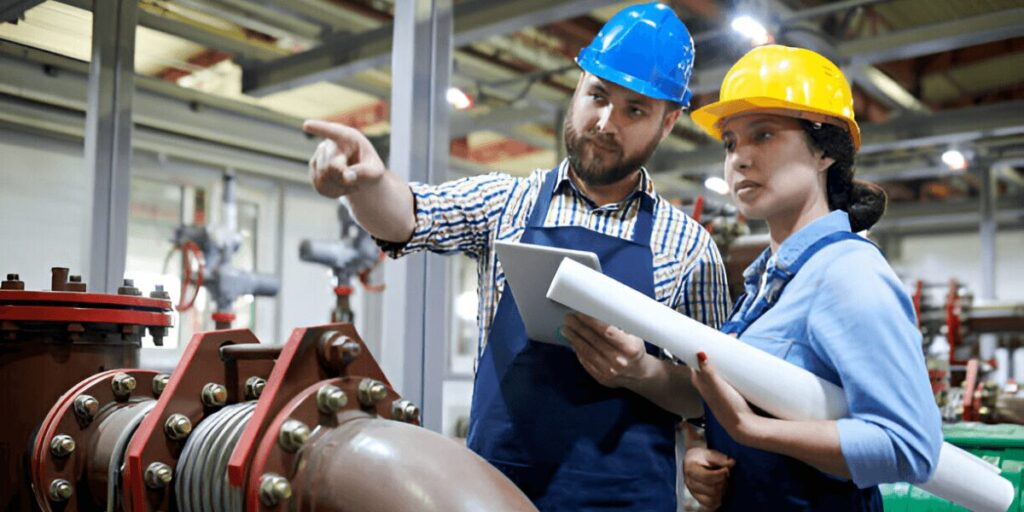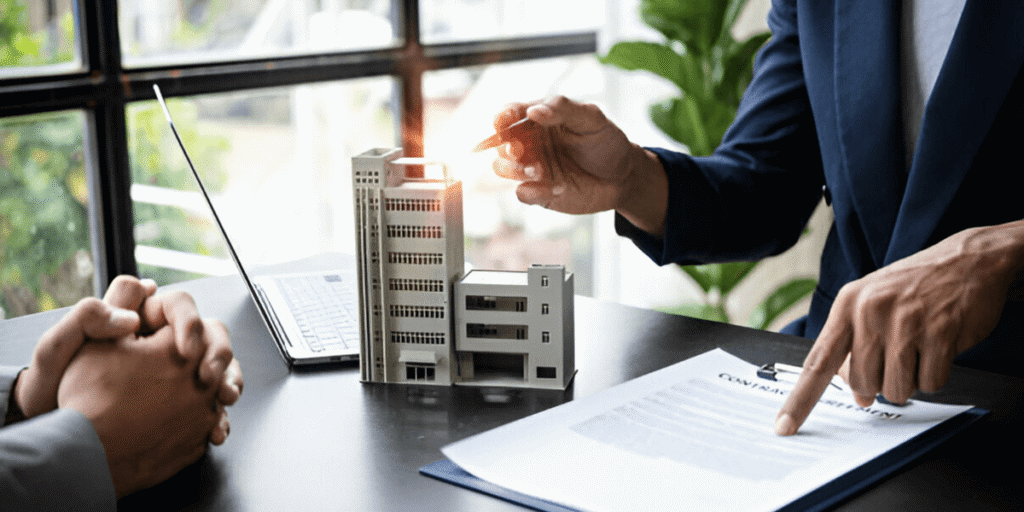In an era marked by increasingly severe and frequent natural disasters, the importance of resilient construction and renovation practices cannot be overstated. Urban Complex GC, a leading general contractor specializing in commercial and multifamily properties, is at the forefront of this crucial effort. The ability to prepare properties to withstand natural disasters not only ensures safety and minimizes damage but also enhances the longevity and value of the buildings. This blog explores the key strategies and considerations for integrating resilience into renovation projects.
Understanding the Risks
The first step in building resilience is understanding the specific risks posed by natural disasters in a given area. Earthquakes, floods, hurricanes, and wildfires each present unique challenges. For instance, properties in coastal areas are more prone to hurricanes and flooding, while those in seismically active regions must be designed to withstand earthquakes. Urban Complex GC, a multifamily renovation contractor, emphasizes the importance of a thorough risk assessment to identify the most likely threats and inform the renovation strategy.
Structural Reinforcements
One of the most effective ways to enhance resilience is through structural reinforcements. Urban Complex GC focuses on:
- Foundation Strengthening: Reinforcing the foundation to withstand seismic activity or floodwaters is critical. Techniques such as base isolators for earthquakes or elevating buildings in flood-prone areas can be effective.
- Wind-Resistant Designs: For areas prone to hurricanes and tornadoes, incorporating wind-resistant materials and designs is essential. This might involve using reinforced concrete, steel framing, and impact-resistant windows and doors.
- Fire-Resistant Materials: In wildfire-prone areas, using fire-resistant materials for roofing, siding, and landscaping can significantly reduce the risk of fire damage. Metal roofs, fiber-cement siding, and non-combustible landscaping materials are all effective options.
Water Management Systems

Proper water management is crucial for properties in flood-prone areas. Urban Complex GC implements:
- Drainage Systems: Ensuring that the property has an efficient drainage system can prevent water accumulation and subsequent damage. This might involve installing French drains, sump pumps, and adequate grading around the property to direct water away from the building.
- Waterproofing: Applying waterproof membranes to foundations, walls, and roofs can help keep water out during heavy rains or floods. Additionally, installing flood barriers and backflow valves can prevent water from entering the property during flood events.
- Green Infrastructure: Incorporating green infrastructure, such as rain gardens, green roofs, and permeable pavements, can help manage stormwater and reduce the impact of flooding. These solutions not only enhance resilience but also contribute to sustainability and environmental health.
Energy Resilience
Natural disasters often lead to power outages, which can be particularly problematic for commercial and multifamily properties. Urban Complex GC enhances energy resilience by:
- Backup Power Systems: Installing backup generators or renewable energy sources, such as solar panels with battery storage, ensures that essential systems remain operational during power outages.
- Energy-Efficient Designs: Incorporating energy-efficient designs and materials can reduce the overall energy demand of the property, making it easier to maintain essential functions during emergencies. This might include high-performance insulation, energy-efficient windows, and smart building systems.
Community and Occupant Safety
Ensuring the safety of occupants is paramount during natural disasters. Urban Complex GC prioritizes:
- Emergency Plans and Training: Developing comprehensive emergency plans and conducting regular training for occupants can significantly enhance preparedness. This includes clear evacuation routes, designated safe areas, and communication plans.
- Safety Systems: Installing advanced safety systems, such as fire alarms, sprinkler systems, and emergency lighting, can provide critical protection during disasters. Additionally, securing heavy furniture and fixtures can prevent injuries during earthquakes or severe storms.
- Accessible Design: Ensuring that the property is accessible for all occupants, including those with disabilities, is crucial during emergencies. This might involve installing ramps and handrails and ensuring that emergency exits are easily accessible.
Final Words
Resilience in renovations is not just about preparing for the worst; it’s about creating properties that are safe, sustainable, and capable of withstanding the challenges posed by natural disasters. Urban Complex GC is dedicated to implementing these strategies to protect commercial and multifamily properties, ensuring they remain functional and secure in the face of adversity. By prioritizing structural reinforcements, water management systems, energy resilience, and occupant safety, Urban Complex GC, as a most trusted general contractor for apartment renovations, can build a more resilient future for our communities.



